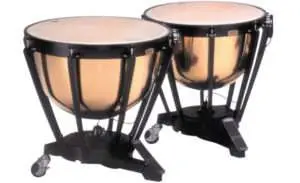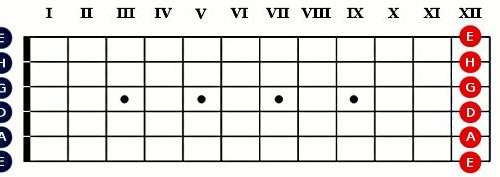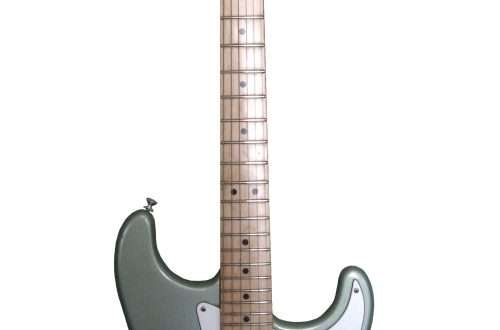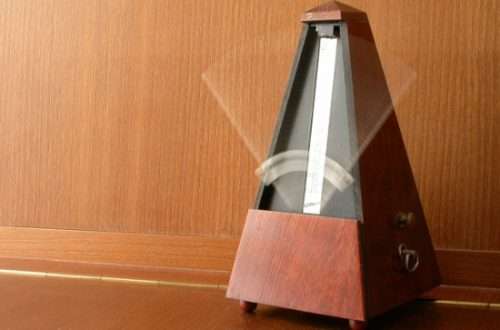
History of the timpani
Timpani – a musical instrument of the percussion family. Consists of 2-7 bowls made of metal in the shape of a cauldron. The open part of the cauldron-shaped bowls is covered with leather, sometimes plastic is used. The body of the timpani is mainly made of copper, silver and aluminum are rarely used.
ancient origin roots
The timpani is an ancient musical instrument. They were actively used during the fighting by the ancient Greeks. Among the Jews, religious rites were accompanied by the sounds of the timpani. Cauldron-like drums were also found in Mesopotamia. “Moon of Pejeng” – an ancient bronze drum of large dimensions 1,86 meters in height and 1,6 in diameter, can be considered the predecessor of the timpani. The age of the instrument is about 2300 years.
It is believed that the ancestors of the timpani are Arabian nagars. They were small drums that were used during military ceremonies. Nagars had a diameter of slightly more than 20 cm and were hung from the belt. In the 13th century, this ancient instrument came to Europe. It is assumed that he was brought by the Crusaders or Saracens.
In the Middle Ages in Europe, timpani began to look like modern ones, they were used by the military, they were used to control cavalry during hostilities. In Prepotorius’ book “The Arrangement of Music”, dated 1619, this instrument is mentioned under the name “ungeheure Rumpelfasser”.
There were changes in the appearance of the timpani. The membrane that tightens one of the sides of the case was first made of leather, then plastic began to be used.  The membrane was fixed with a hoop with screws, with the help of which the instrument was adjusted. The instrument was supplemented with pedals, pressing them made it possible to rebuild the timpani. During the game, they used rods made of wood, reed, metal with round tips and covered with a special material. In addition, wood, felt, leather can be used for the tips of the sticks. There are German and American ways of arranging the timpani. In the German version, the large cauldron is on the right, in the American version it is vice versa.
The membrane was fixed with a hoop with screws, with the help of which the instrument was adjusted. The instrument was supplemented with pedals, pressing them made it possible to rebuild the timpani. During the game, they used rods made of wood, reed, metal with round tips and covered with a special material. In addition, wood, felt, leather can be used for the tips of the sticks. There are German and American ways of arranging the timpani. In the German version, the large cauldron is on the right, in the American version it is vice versa.
Timpani in the history of music
Jean-Baptiste Lully was one of the first composers to introduce timpani into his works. Later, Johann Sebastian Bach, Ludwig van Beethoven, Hector Berlioz repeatedly wrote timpani parts in their creations. For the performance of orchestral works, 2-4 boilers are usually enough. The work of H.K. Gruber “Charivari”, for the execution of which 16 boilers are required. Solo parts are found in the musical works of Richard Strauss.
The instrument is popular in a wide variety of genres of music: classical, pop, jazz, neofolk. The most famous timpani players are considered to be James Blades, E.A. Galoyan, A.V. Ivanova, V.M. Snegireva, V.B. Grishin, Siegfried Fink.





